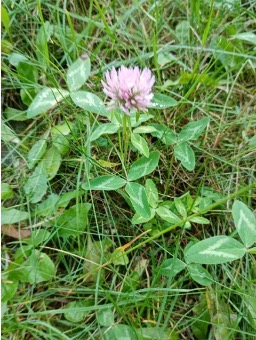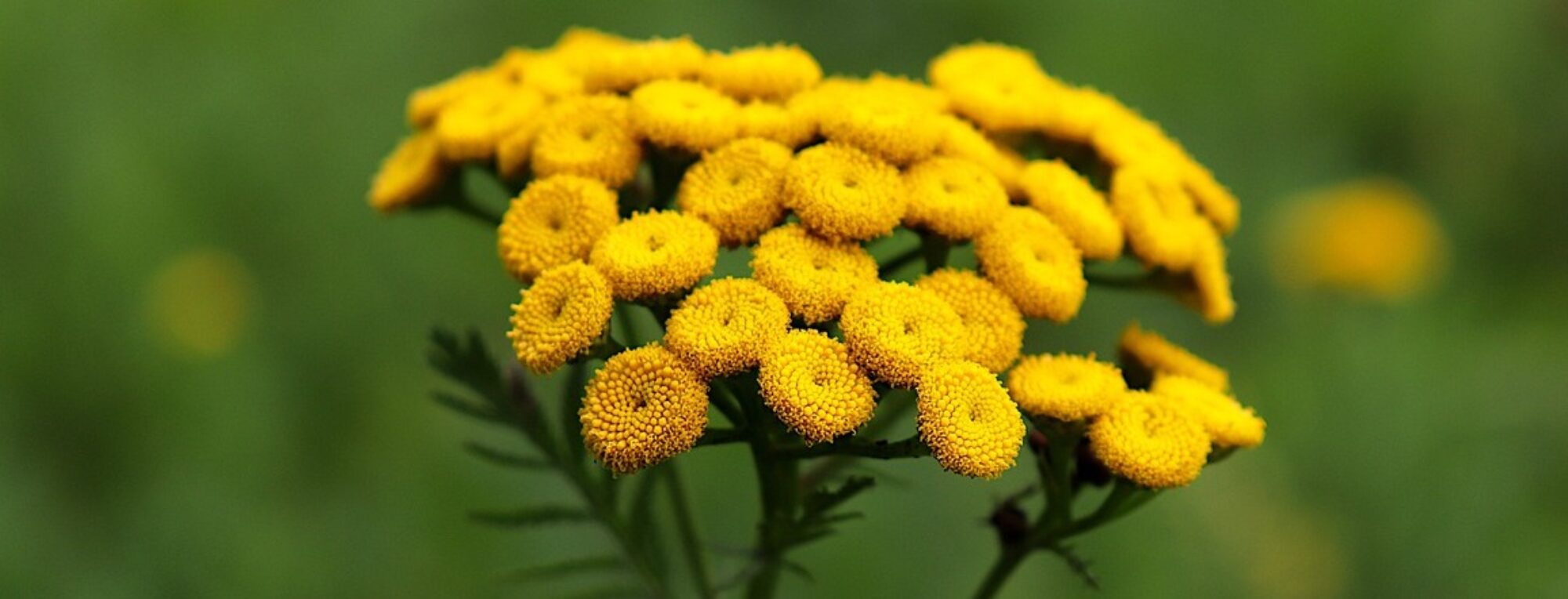
Slovenský názov: ďatelina lúčna
English name: Red clover
Family: Fabaceae
Botanical characteristic: Perennial branched herb that grows to a height of 10 – 40 cm. The leaves are trifoliate, they have round elliptical leaflets on the face and hairy leaflets on the reverse. Rose-red flowers form a spherical head. The fruit is a one-seeded pod.
Microscopic drawing:

Distribution: It grows in meadows, pastures, on the sides of roads. It serves as fodder.
Drug: Trifolii pratensis flos
Harvesting method: The flower is collected from May to August, in dry weather. Flower heads are collected at the beginning of flowering.
Drying: We dry the flowers in a thin layer in the shade, in a ventilated room. When artificially dried at a temperature of up to 35 °C. The fruits are dried in bundles, most often artificially.
Active substances: The flower of red clover primarily contains isoflavones, tannins, organic acids, and essential oils.
Uses: As isoflavones exhibit estrogenic effects, the herb is used for “women’s issues,” particularly those related to menopause (hot flashes, sweating, fatigue). In folk medicine, it is applied topically for skin washes, in cases of chronic skin conditions, diarrhea, and inflammations of the oral cavity and pharynx.
Selected herbal preparations: HANUS RED CLOVER FLOWER vacuum pack 1×20 g, HERBEX MENOPAUSE with red clover herbal mixture 20×3 g, Dr. Müller Climacterin herbal tea 20×1.5 g, VALOSUN Minapent + sage capsules 90 pcs, Liftea Hormonal Comfort capsules 60 pcs, IVE INCONTINENCE STOP capsules 30 pcs.
